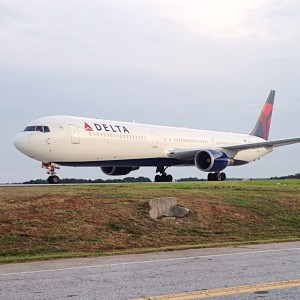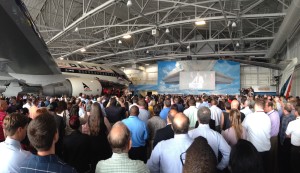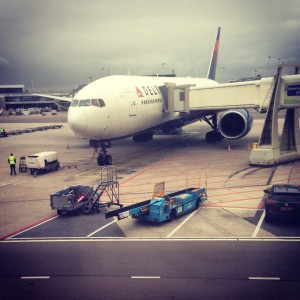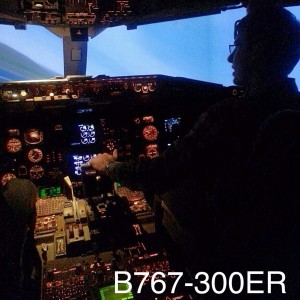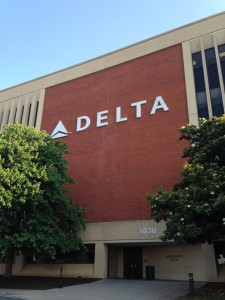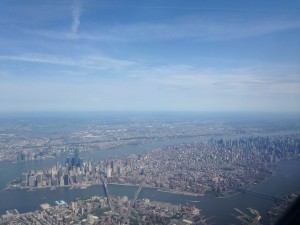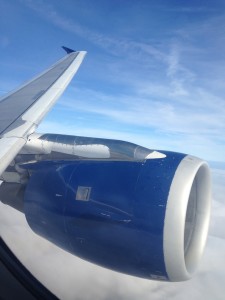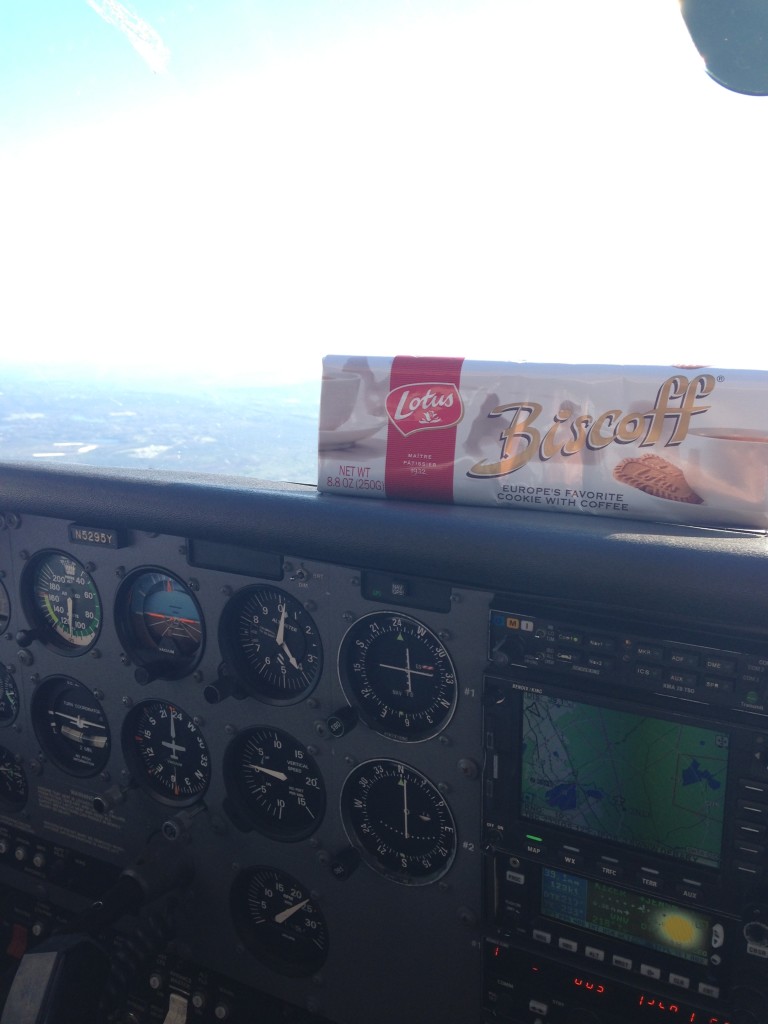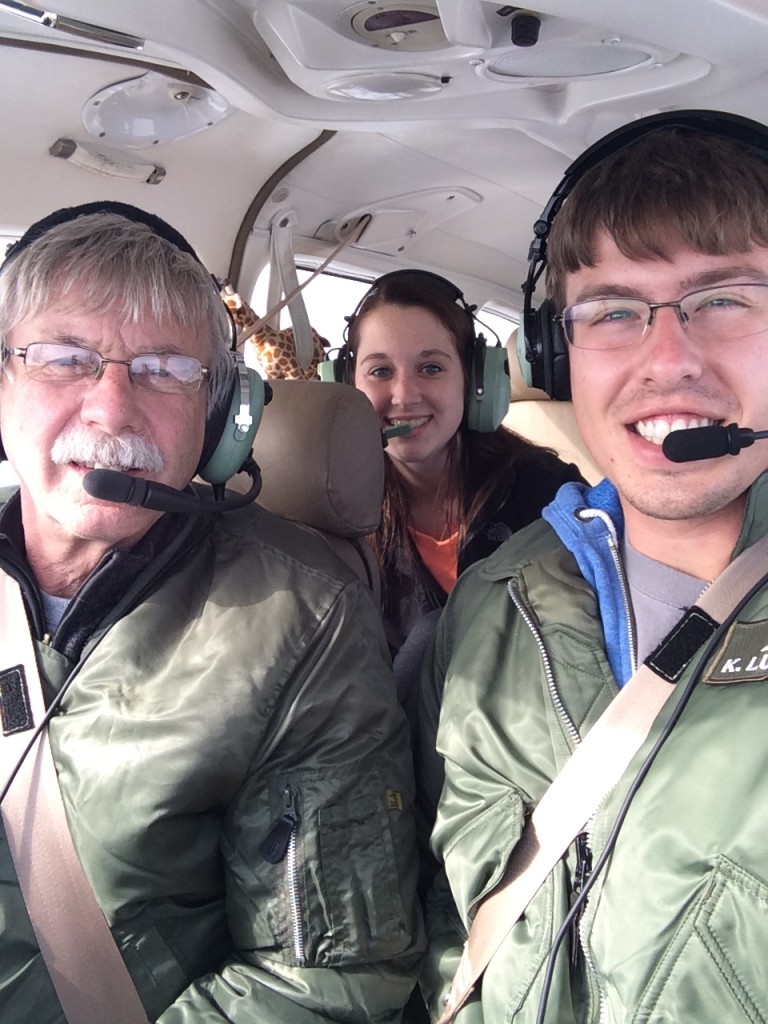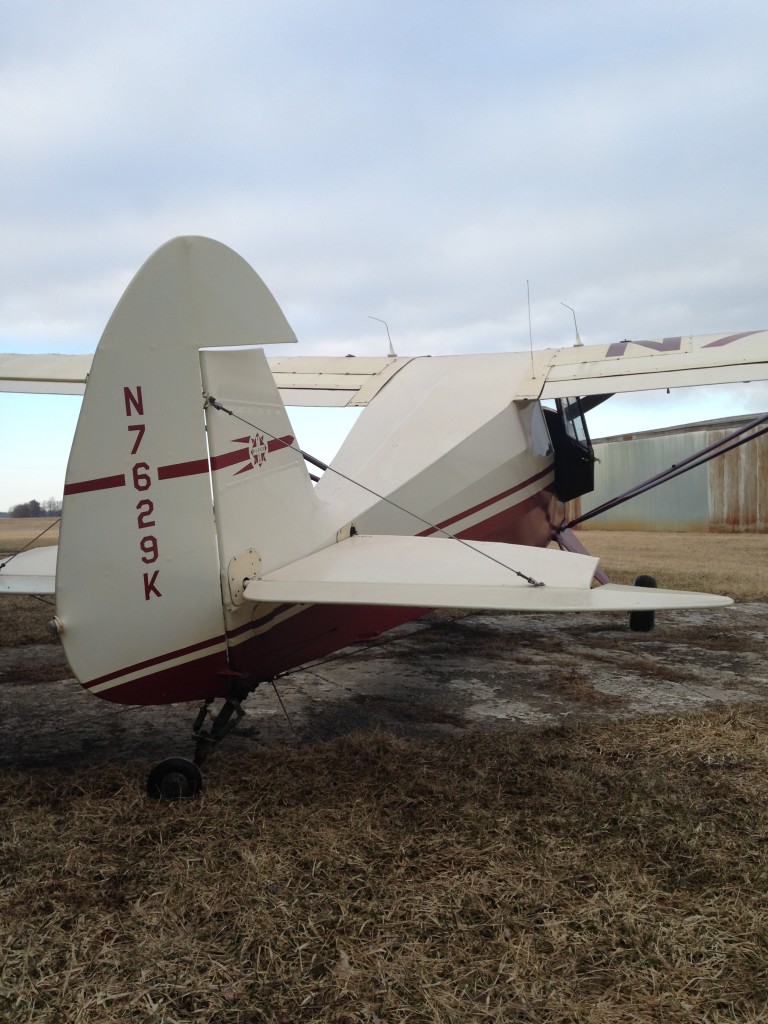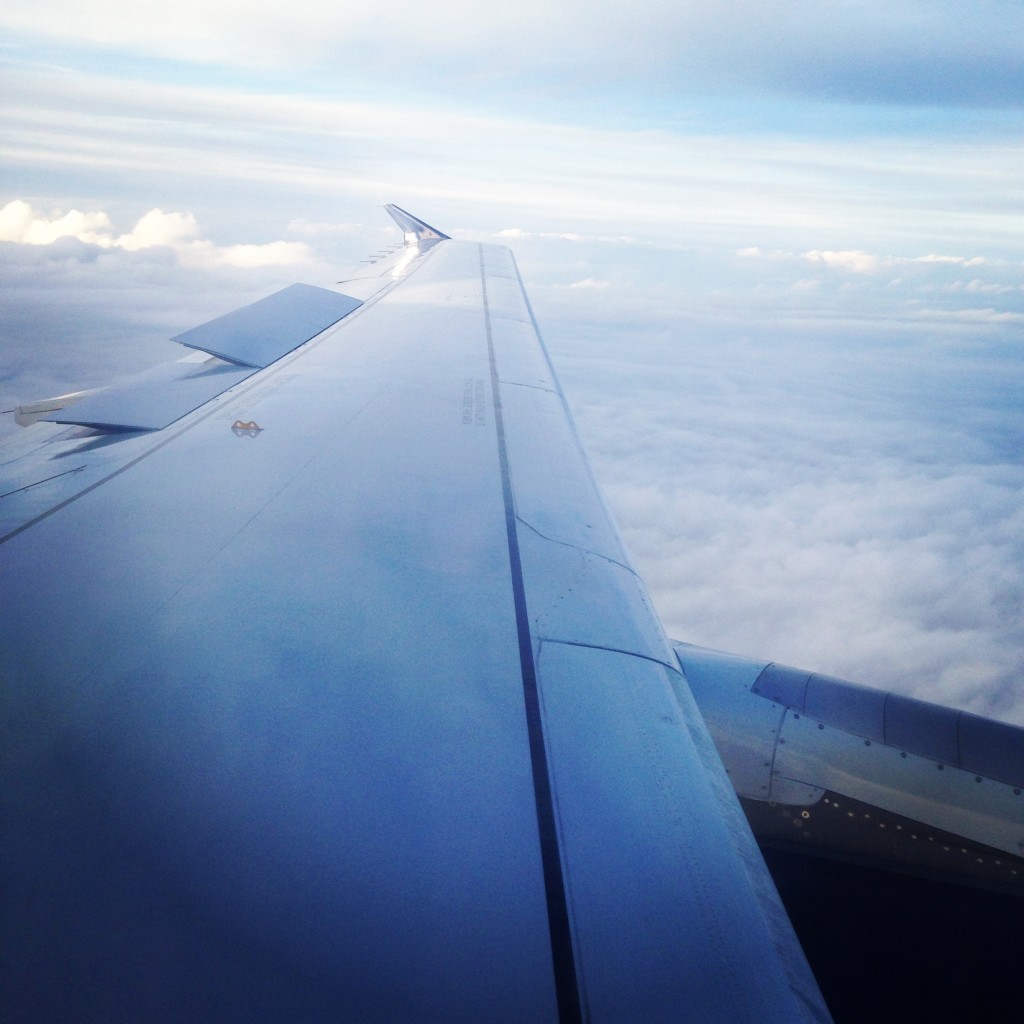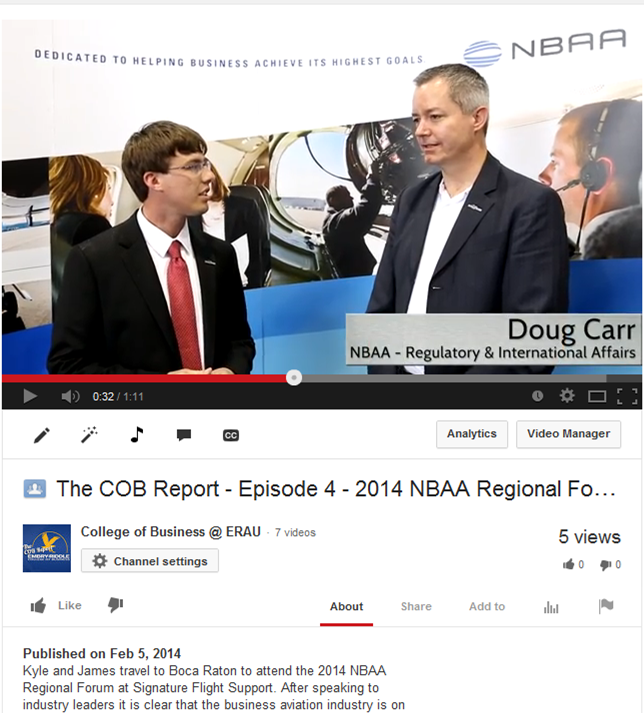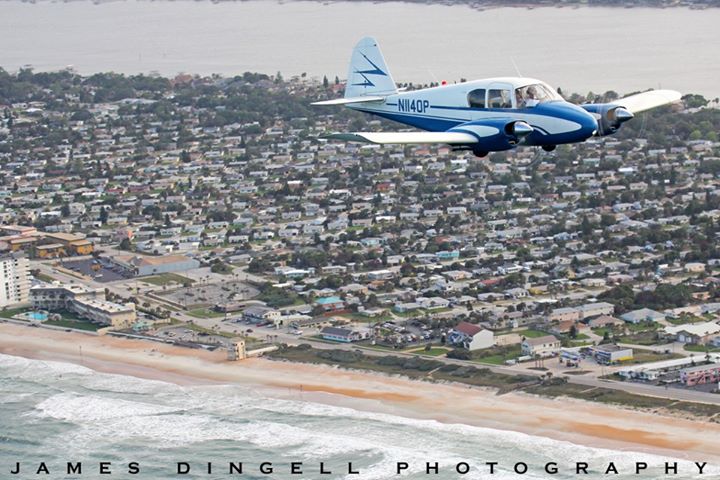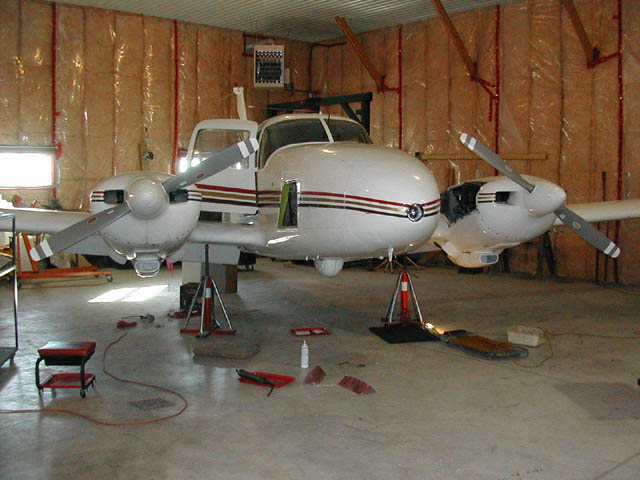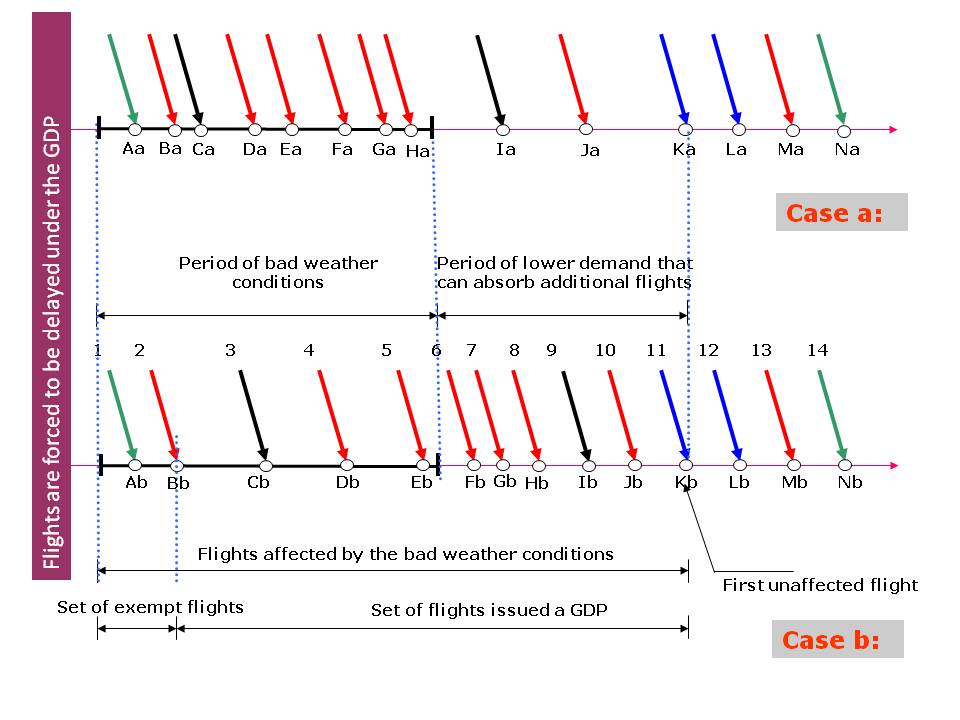I can’t believe we have already been through half of the fall semester. First, let’s go back to the beginning of the semester back in August.
About a week before the beginning of classes, I left Montreal, Canada and drove all the way south to Florida. The 1,400 miles drive takes 20 hours without traffic (I wish it took us 20 hours). Trust me, there is a lot of traffic between the New York area and Baltimore.
This year, I am living in an apartment with one of my friends. I spent a good amount of the week getting settled in the apartment which is 10 minute away from campus. I also spent many hours building IKEA furnitures. I built my bed, my dresser, the kitchen table, four chairs, and the sofa. Thanks to my mom for packing a small drill in my luggages.
I like living in an apartment off campus because I can have my own room and I am able to cook whenever I want. One thing I miss living on campus is the proximity. If I had a question on an assignment, I could just walk a few steps and knock on my friend’s door. The College of Business computer lab and the library were also a close reach.
For the fall semester, I have decided to take 18 credit hours. I am taking Speech, Western Humanities II (Renaissance to Postmodern), Airline Management, Business Law, Transportation Principles, and International Business.
Speech is definitely not my favorite class even though I know it will help me to develop skills to become a better public speaker. As of today, we have done four speeches.
The humanities class is also not in my top classes. Some of the material we are going over in class is the same than my history class from my sophomore year of high school. This class should be easy, but I already forgot the material from high school.
Airline Management is certainly my favorite class because it is an area I want to work for after I graduate from Embry-Riddle. So far, we learned about network structures (point-to-point and hub-and-spoke system), time banks, and important measures such as available seat-miles (ASMs) and revenue passenger-miles (RPMs). Now, we have just started talking about revenue management.
My longest class is Business Law with a duration of 3 hours, and we only have a break of five minute during the class. The good thing about this class is that we only meet once a week on every Monday.
In Transportation Principles, we have learned about the railroads and ports. I hope the aviation part comes soon because this is what I like the most.
My last class on my schedule is International Business. We are doing a project where we act as a U.S. based company selling a video game system trying to sell our product in foreign countries. I decided to pick Mexico since it borders the United States.
Well, this is all about my classes. I am enjoying my semester so far but I look forward to Fall Break so I can rest for a few days.
Until next time!
Nicolas


